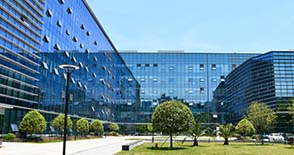
Product Description
Yeast glycoside is a yeast biostimulant product rich in yeast polysaccharides, nucleic acids, amino acids and other substances obtained from Saccharomyces cerevisiae by liquid fermentation in Angel Yeast Co., LTD., and then concentrated or dried after autolytic or exogenous enzymatic hydrolysis.
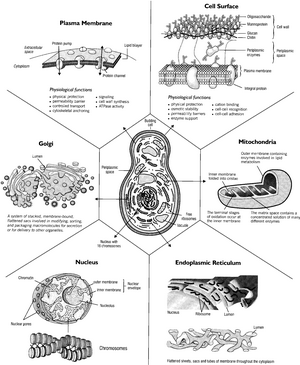
Fig.1 Yeast Cell Structure
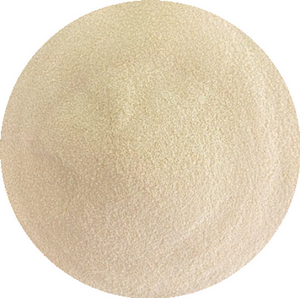
Fig.2 Yeast Glycoside Type III Morphology
The morphology, physicochemical requirements and hygienic requirements of yeast glycosides are shown in Table 1 and Table 2.
Table 1 Physicochemical Requirements
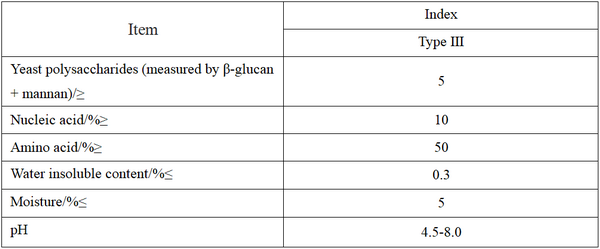
Table 2 Hygiene Requirements

Monosaccharic Triacids
The main functional components of yeast glycoside type III include "monosaccharic triacids". "Monosaccharide" mainly refers to the yeast cell wall polysaccharide, which is different from the cell wall of bacteria and plants. The yeast cell wall polysaccharide is mainly β-glucan and mannan, and a certain amount of chitin, as shown in Figure 3. Yeast cell wall polysaccharides can activate the plant acquired resistance (SAR) and induced resistance (ISR) signaling pathways, and induce a series of defense substances, such as salicylic acid, jasmonic acid, stilbene synthetase and superoxide dismutase, to help plants resist external stress and grow robust.
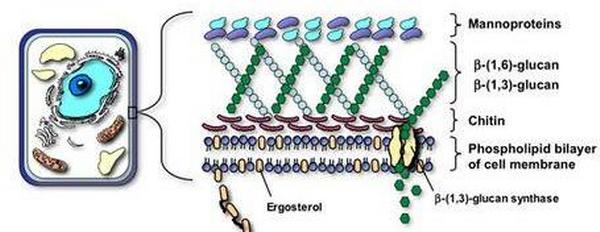
Fig.3 Yeast Cell Wall Composition
One of the "three acids" refers to yeast nucleic acids and nucleotides. Yeast have a fast metabolism, so transcription and translation go along with it, making more RNA and DNA in the process. After applied to crops, nucleic acids and nucleic acid degradation products can promote the synthesis of chlorophyll a, chlorophyll b and carotenoids (chlorophyll a and chlorophyll b are mainly two kinds of chlorophyll in the chloroplasts of higher plants, chlorophyll a mainly absorbs red light, chlorophyll b mainly absorbs blue and violet light), and strengthen the ability of plants to capture light energy during the light reaction process.
Nucleic acid and nucleic acid degradation products can also activate RuBP carboxylase (1, 5-diphosphoribulose carboxylase), catalyze the combination of CO2 and 1, 5-diphosphoribulose to generate 2 molecules of 3-phosphoglyceric acid, strengthen the ability of crops to capture CO2 during the dark reaction, and improve the synthesis and storage of carbohydrates in plants.
Two of the "three acids" refer to the amino acids of yeast source. The amino acids in yeast glycosides are different in that they exist in small peptides and free forms, with hydrolyzed amino acids reaching about 60% and free amino acids exceeding 20%. Small peptides and free amino acids are not only easy to be absorbed by plants as nitrogen sources, but also as signal substances and the synthesis of some key substances, which can promote the growth and development of plants.
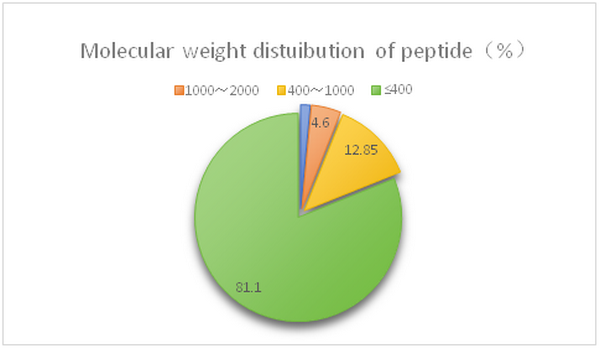
Fig.4 Molecular Weight Distribution of Yeast Glycoside Peptide
Gamma-aminobutyric Acid
In the amino acid composition of yeast source, in addition to dozens of conventional amino acids, there are gamma-aminobutyric acid. Gamma-aminobutyric acid is also a signal substance, which can regulate the osmotic potential, pH value and carbon and nitrogen balance of plant cells, and improve the ability of plant resistance to stress.
Gamma-aminobutyric acid can also be used as a regulatory ligand of glutamate, regulating nitrogen metabolism of plants and promoting crop growth.
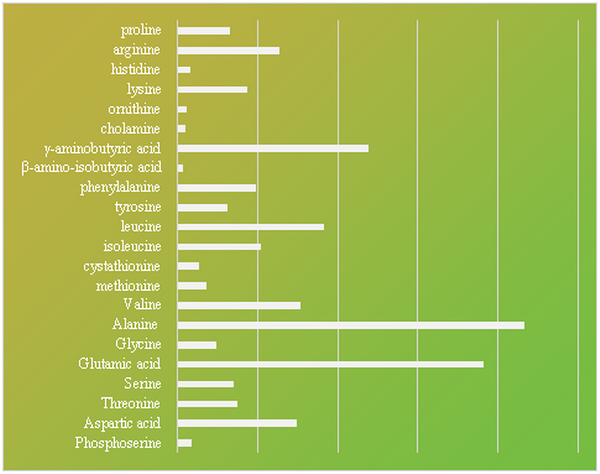
Fig. 5 Content of Free Amino Acids in Yeast Glycosides Type III
Organic Acids
The content of free amino acids in yeast glycosides "three acids" three refers to organic acids. During rapid reproduction, yeast undergo aerobic respiration to produce organic acids such as malic acid, citric acid and succinic acid. Organic acids can improve the availability of rhizosphere soil nutrients through acidification, chelation, ion exchange and reduction of insoluble nutrients in the rhizosphere, increase the uptake of rhizosphere nutrients by plants, and thus promote the growth and development of plants. At the same time, organic acids can also be absorbed and utilized by plants, which promotes the material circulation and energy flow of plant nutrients.
Function and Usage
1. Promote lateral root growth. Nucleotides promote root growth, increase the number of lateral roots, and overall increase the area of the root system that absorbs water and nutrients.
2. Improve crop stress resistance. Yeast cell wall polysaccharides activated plant systemic acquired resistance (SAR) and systemic Induced resistance (ISR) signaling pathways to enhance plant defense response.
3. Promote photosynthesis, activate RuBP, a key enzyme in plant photosynthesis, catalyze the fixation of CO2 and convert it into carbohydrates. Yeast nucleic acid and its degradation products promote the synthesis of chlorophyll a, b and carotenoids in plants, and enrich the pigment of leaves and fruits.
4. Signal substances to promote growth products are rich in small molecules containing nitrogen substances, including a variety of L-free amino acids, gamma-aminobutyric acid and small peptides, as signal substances to promote crop growth.
5. Improve fertilizer efficiency with the use of traditional fertilizers to improve nutrient utilization and reduce loss.
Recommended Amount for Agricultural Use
Leaf spray: 3g/ mu (seedling stage); 5g/ mu (nutritive period, fruit period)
Irrigation root: 0.3kg/ mu (seedling stage); 0.5kg/ mu (vegetative stage, fruit stage)
Note: Mu is a unit of measurement of the area of China, about 667m3.
Industrial Add Recommended Dosage
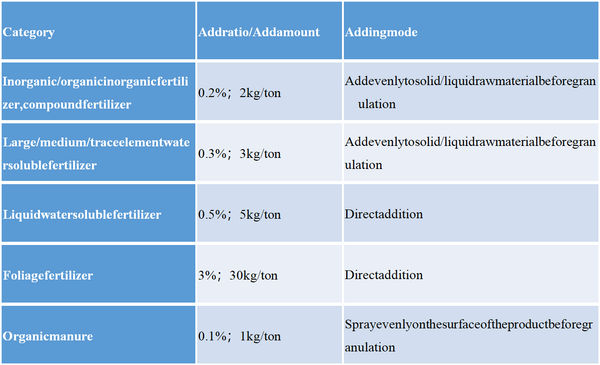
Application Test
Application Case 1: Rooting
Test subject: corn
Test method: Hydroponics concentration 50ppm
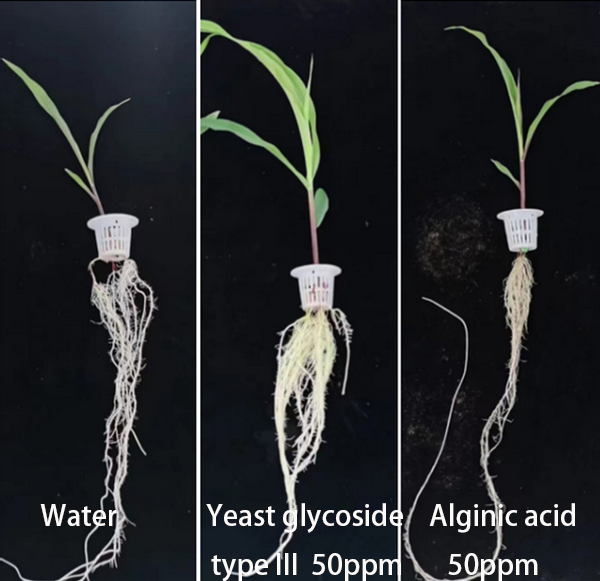
Glucoside III can promote the lateral root growth of maize.
The total fresh weight of maize seedlings treated with type III was 58% higher than that treated with water, and the fresh weight of underground was 66.5% higher than that treated with water, and the average diameter of roots increased by 0.13mm, indicating that type III could promote the growth of maize roots and the roots were more robust.
Application Case 2: Saline-alkali resistance
Test subject: corn
Test method: Hydroponics concentration 10ppm 20ppm 50ppm
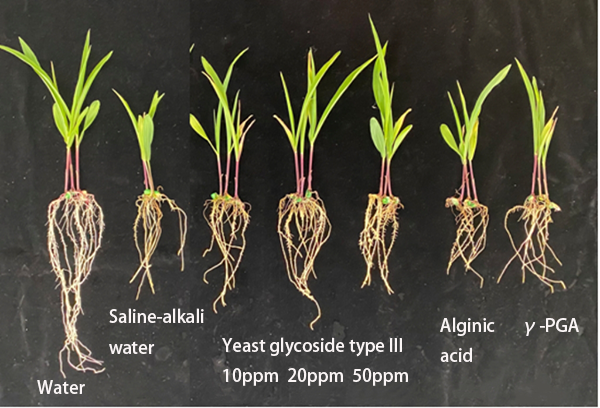
Under salt-alkali conditions, the plant height of the above-ground part of corn is reduced to about 60% of that under clean water, and that of the underground part (regardless of root diameter) is reduced to about 40% of that under clean water.
Under the treatment of 20ppm, the biomass and plant height recovered to 72% and 80% of that under the water condition, the total root length recovered to 82% of that under the water condition, and the number of root tips was higher than that under the water condition, indicating that the type III glucoside still had a good effect on the root growth of maize under salt and alkali stress. Test subject: corn
Application test 3: Promoting growth and improving fertilizer utilization rate
Test subject: Shanghai Qing
Test method: Concentration 50ppm
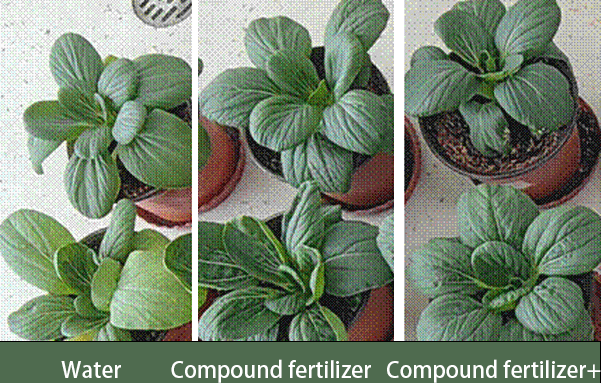
Compared with compound fertilizer alone, compound fertilizer plus yeast glycoside group had a certain increase in the number of leaves, fresh weight and dry weight increased by 4.1% and 13.5%, respectively, and NPK absorption increased by 7.04%, 6.2% and 38.4%, respectively.
Application test 4: Promote photosynthesis
Test subject: cucumber
Test method: 100ppm spray
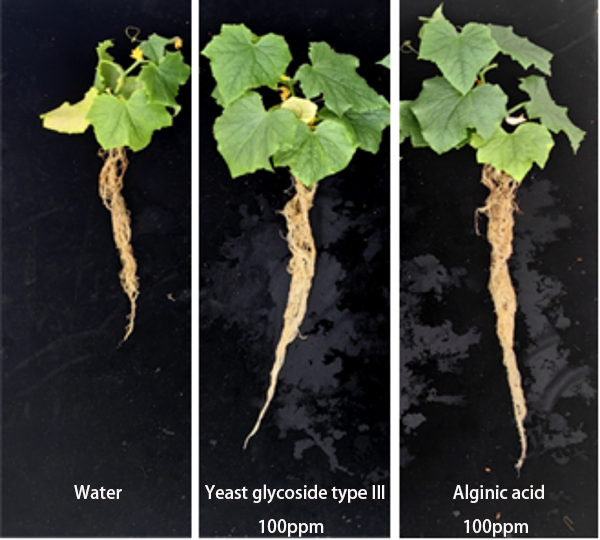
When 100ppm was sprayed on the leaf surface of cucumber seedlings, yeast glycoside type III could increase the leaf area, total fresh weight of plants, promote dry matter accumulation, promote chlorophyll synthesis, and increase SPAD value by 21.15% compared with water, promoting photosynthesis.
